If you have been injured in public, due to a defective product, medical negligence or wrongful death you may be eligible to access compensation.
In this article we discuss the “Wrongs Act” and how to make a claim.
What does a ‘Wrongs Act’ Claim mean?
There are various pieces of legislation that cover the way personal injury claims in Victoria are managed. The main ones are:
- The Workplace Injury Rehabilitation and Compensation Act 2013 – which covers compensation claims for Victorian workplace injuries.
- The Transport Accident Act 1986 –for injuries or death as a result of transport accidents which occur in Victoria.
- The Wrongs Act 1958 – which covers common law damages claims for personal injury.
Personal injury claims such as public liability, medical negligence and wrongful death are covered by the provisions of the Wrongs Act, and this is why they are commonly referred to as a ‘Wrongs Act claim’. Although introduced in 1958, major amendments were made to this Act in 2003 to put restrictions on who can bring a claim, and the value of such claims.
What is involved in a Wrongs Act Claim?
1. Proving Negligence
For a person to be entitled to damages (monetary compensation) for injuries suffered, they must first establish that there has been negligence on the part of another person. In other words, the injury must have been due to someone else’s fault.
The Wrongs Act goes into detail about how fault is and is not established in personal injury cases. For example, a person is negligent if the risk of harm was foreseeable and a reasonable person in the person’s position would have taken steps to remove the risk.
2. Establishing the Significant Injury Threshold
If negligence can be established, the injured person can claim damages for their economic loss, medical expenses including gratuitous care, and pain and suffering.
In order to claim damages for pain and suffering, the injured person must be certified as suffering from a ‘Significant Injury’.
What is a Significant Injury?
There are four ways to prove a Significant Injury for compensation under the Wrongs Act:
1.An injury that satisfies a whole person impairment of:
- 5% or more for a spinal injury; or
- 6% or more for any other physical injury; or
- 10% or more for a psychiatric injury.
2. Loss of a foetus.
3. Psychiatric injury due to loss of child during birth.
4. Loss of a breast.
The level of whole person impairment is determined by a specialist doctor in accordance with the American Medical Association’s Guide to the Evaluation of Permanent Impairment, 4th edition. This assessment is usually performed 12 months after the date of your injury or when the injury was first discovered. It is important that your injuries are considered permanent and stable at the time of the assessment.
Personal injury claims for compensation require expert advice. Maxiom Personal Injury Lawyers Principal Lawyers Sach Fernando and Lisa Paul are both Personal Injury Law Accredited Specialists. Please call us on 0488 722 444 or 1800 85 30 85 to find out whether you have a claim.











